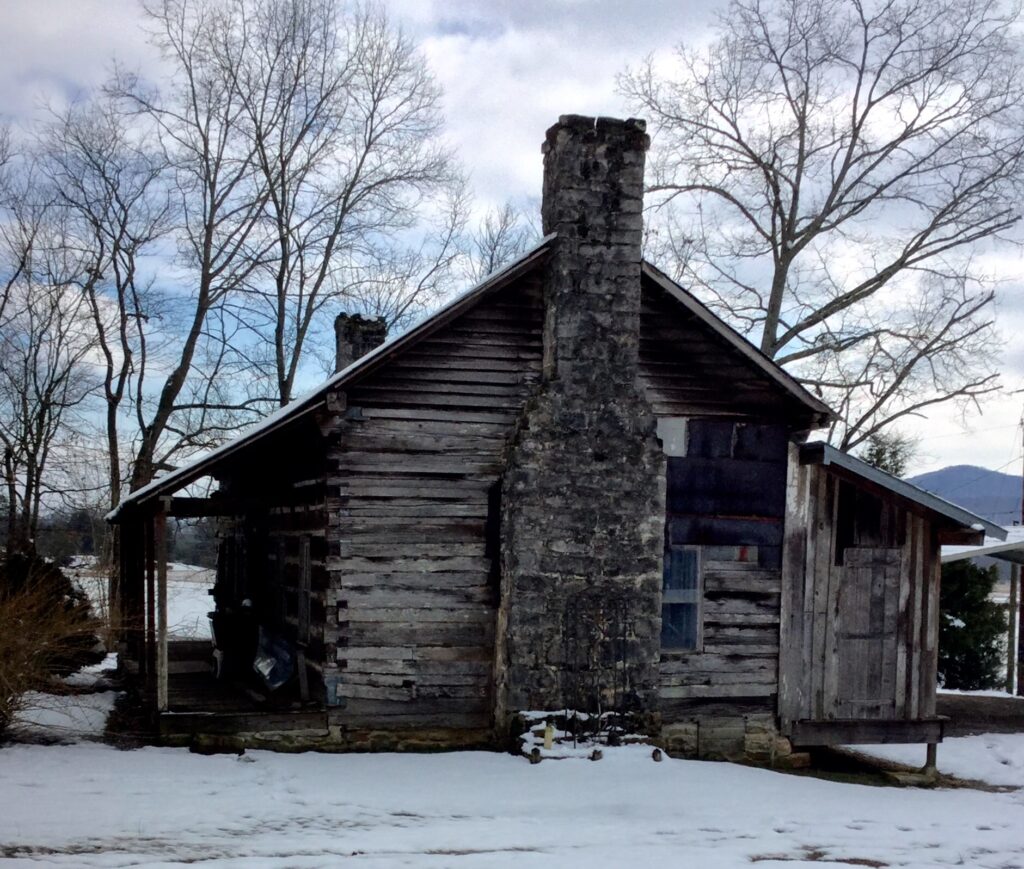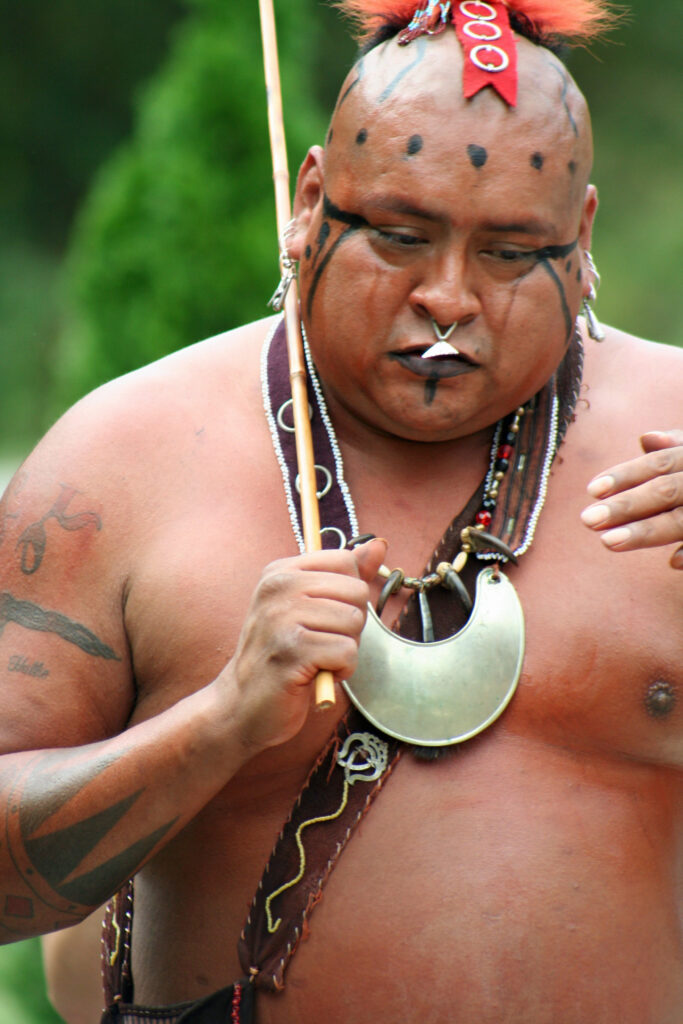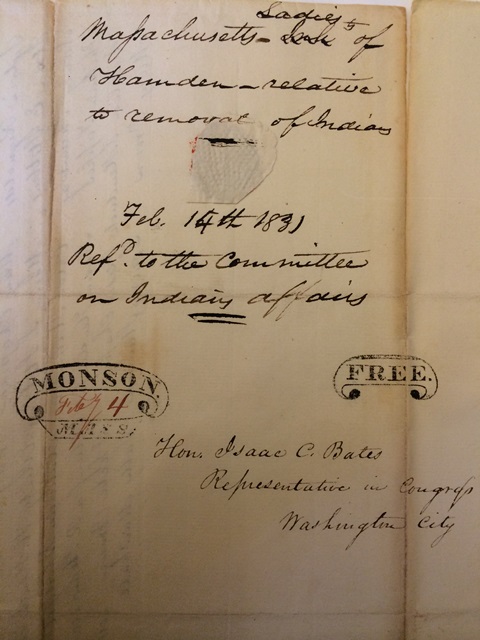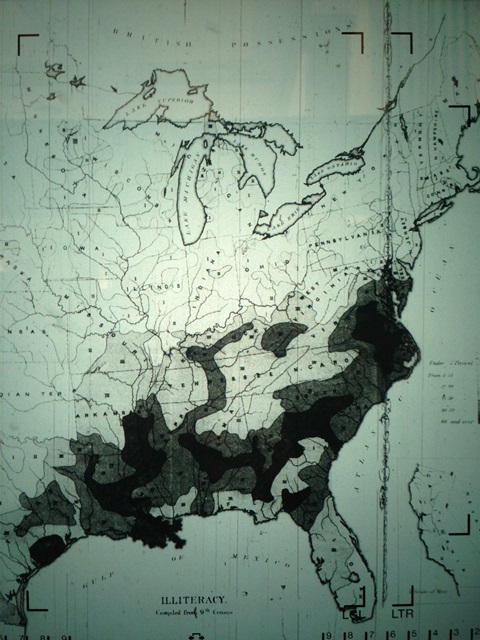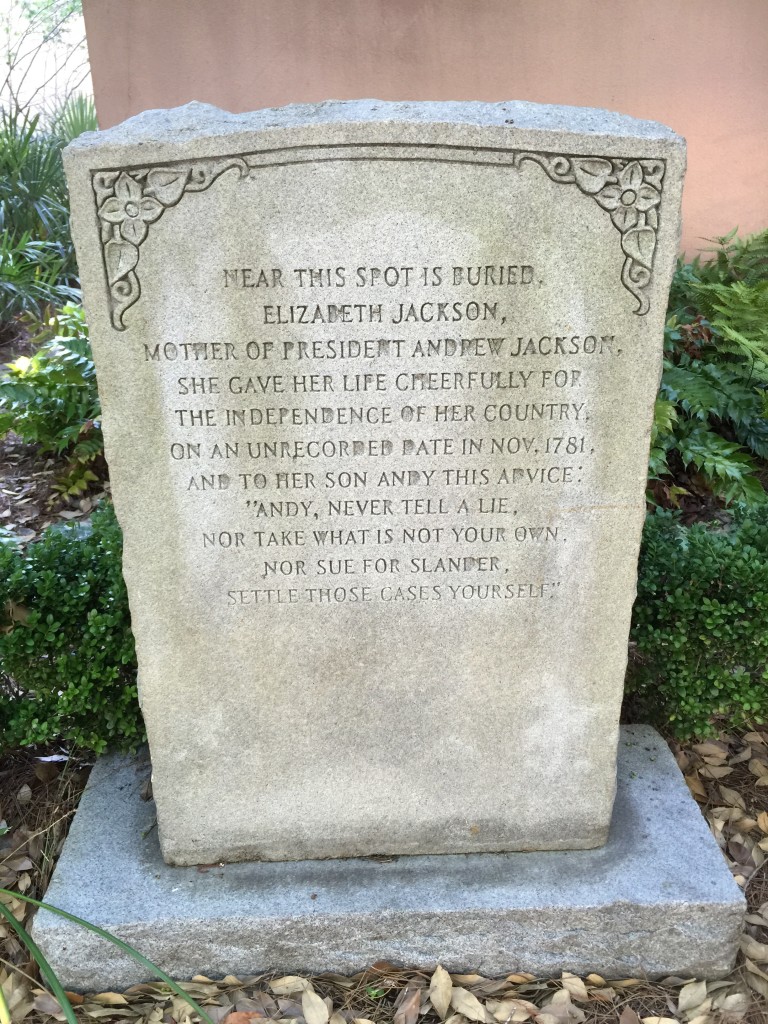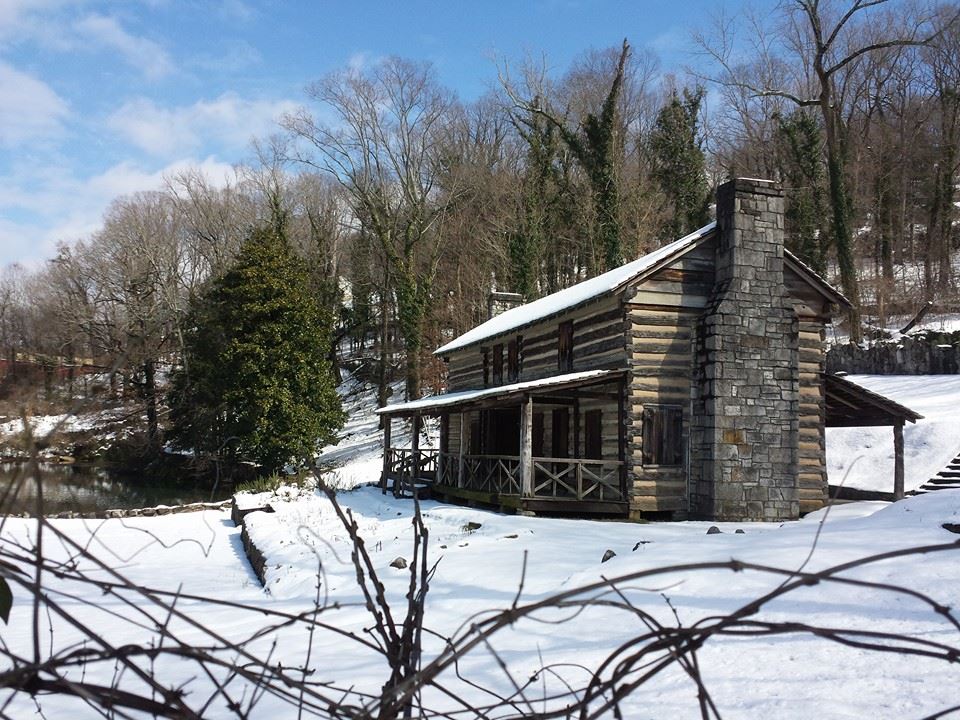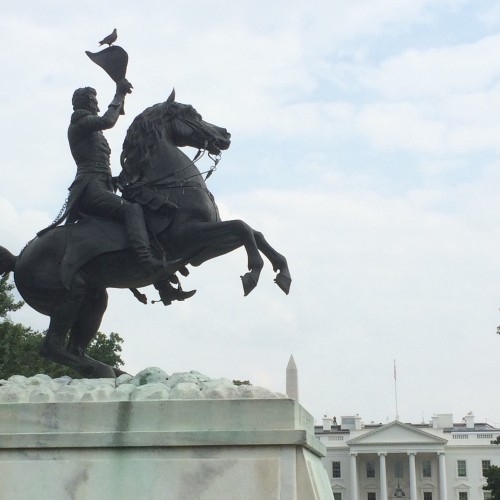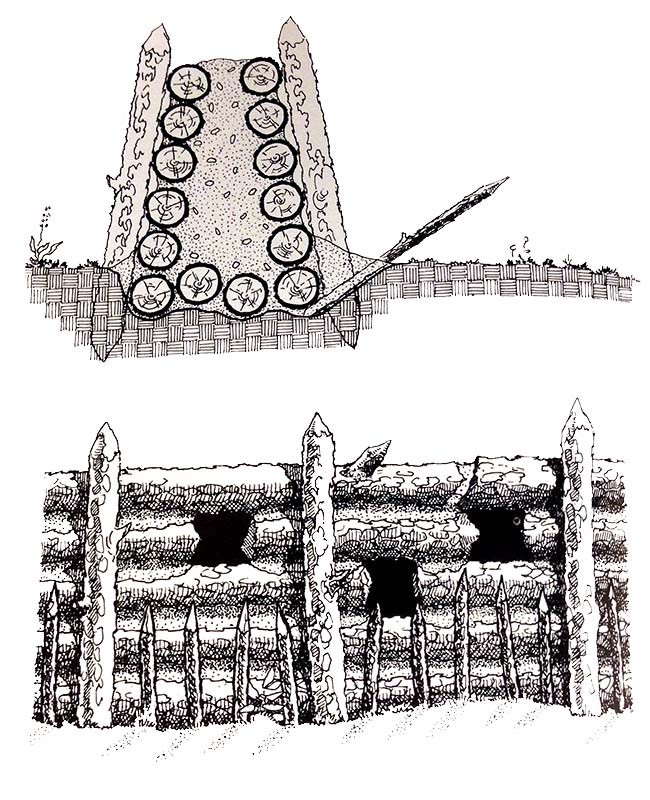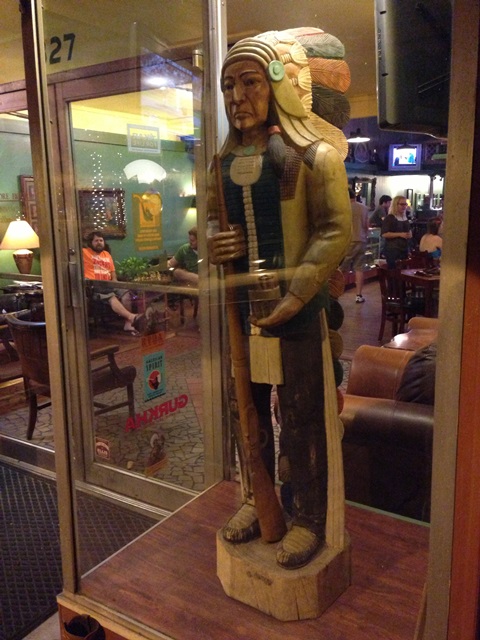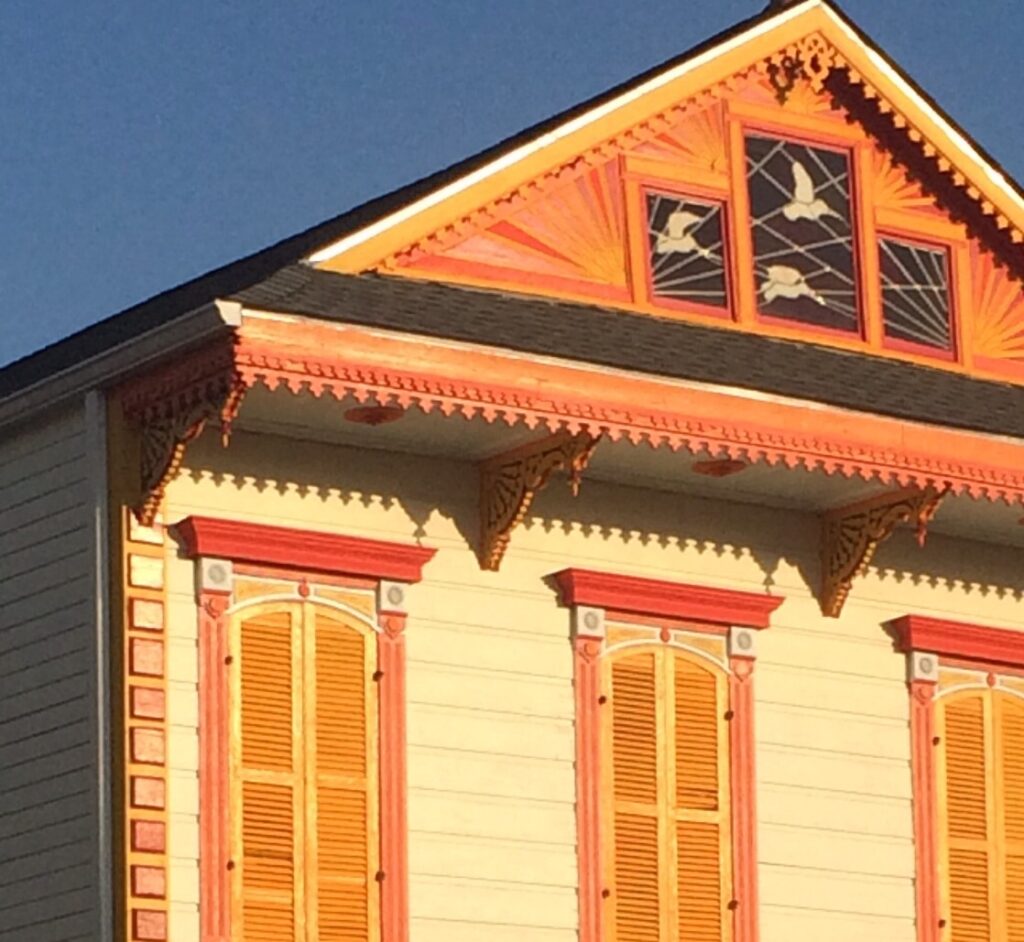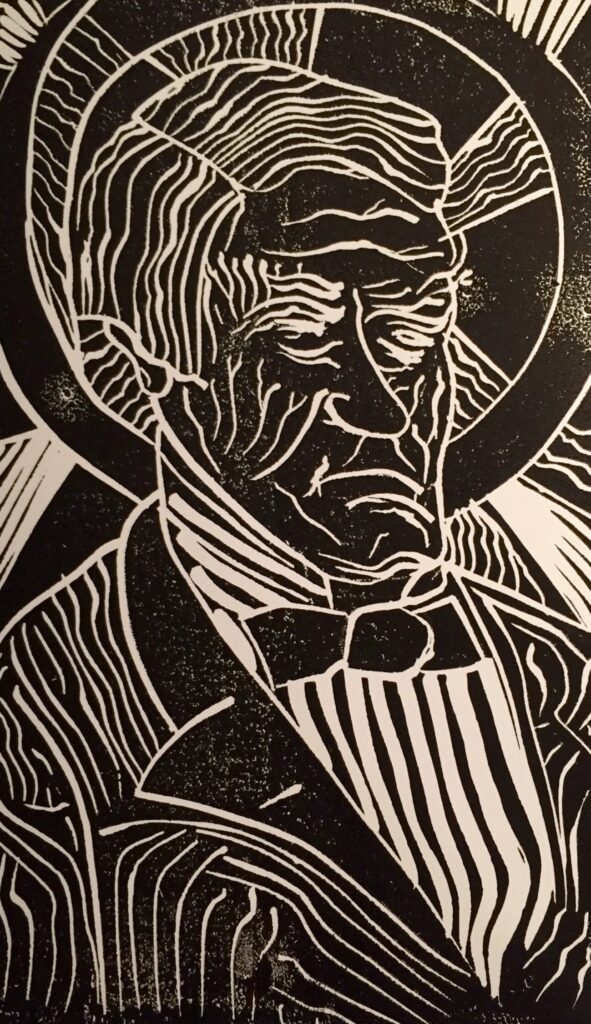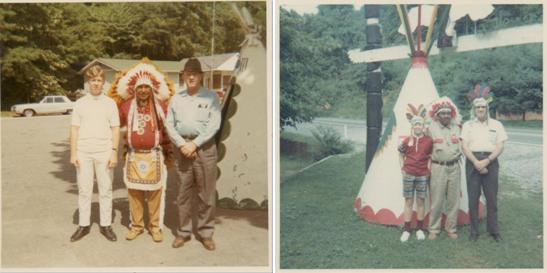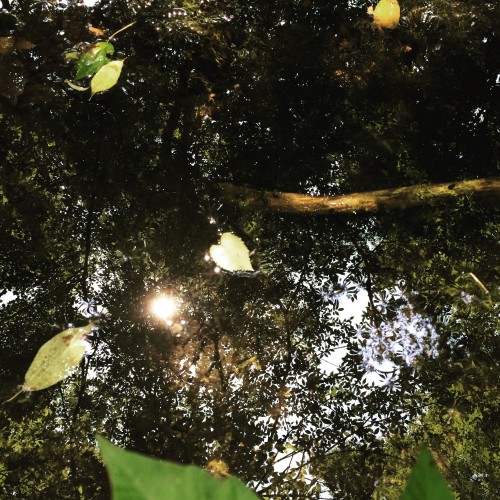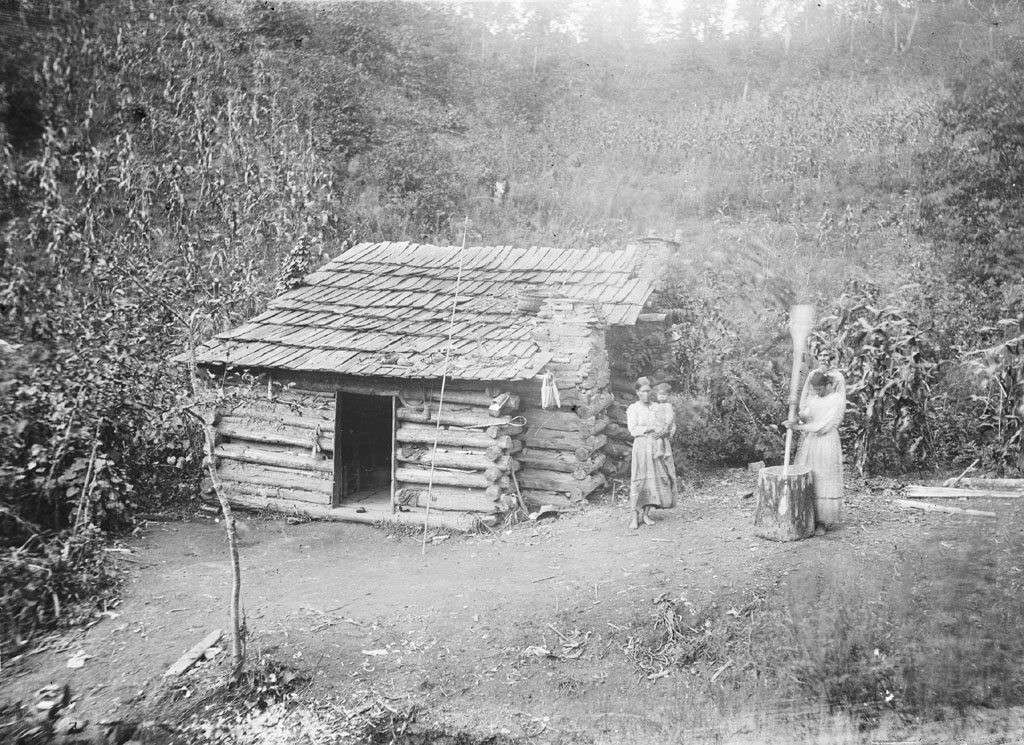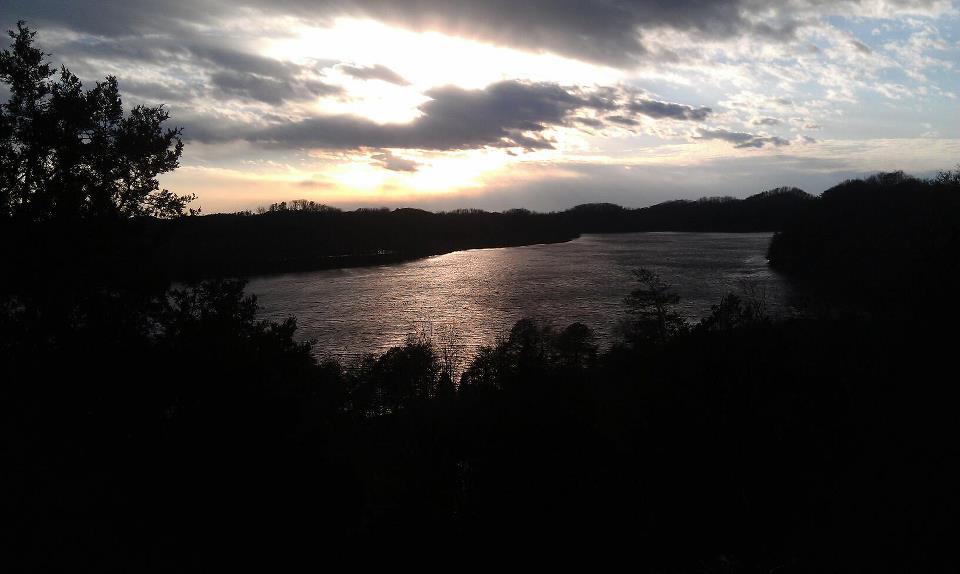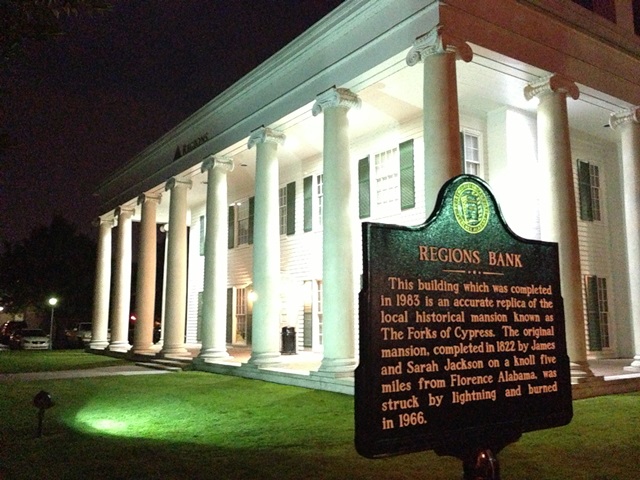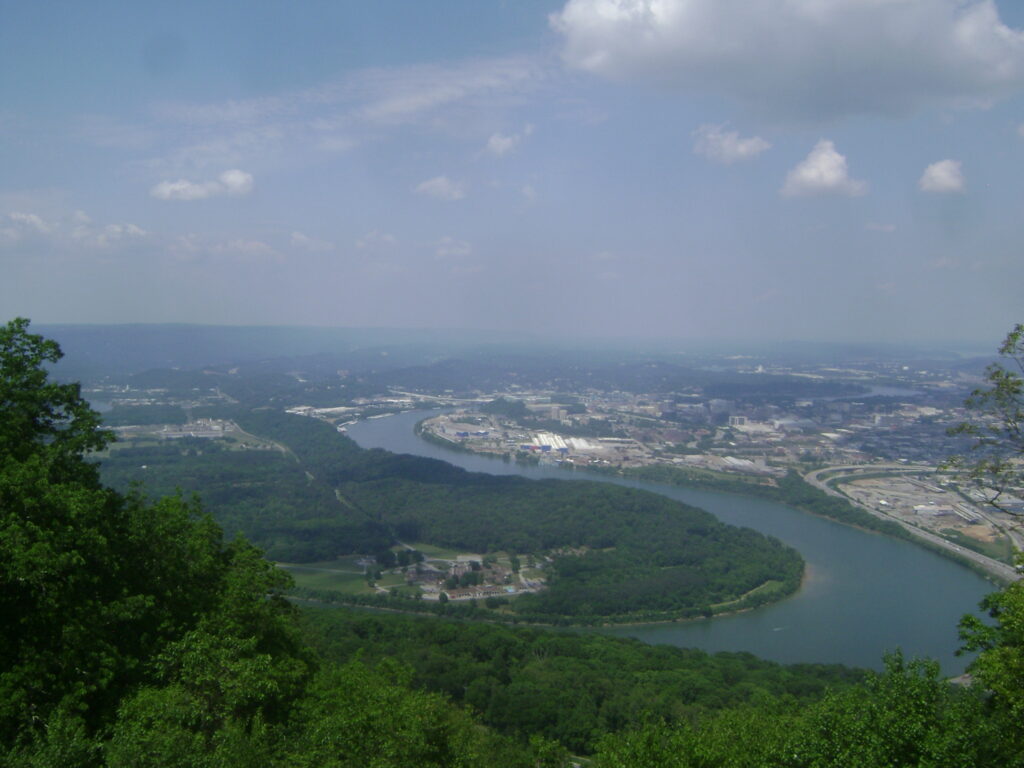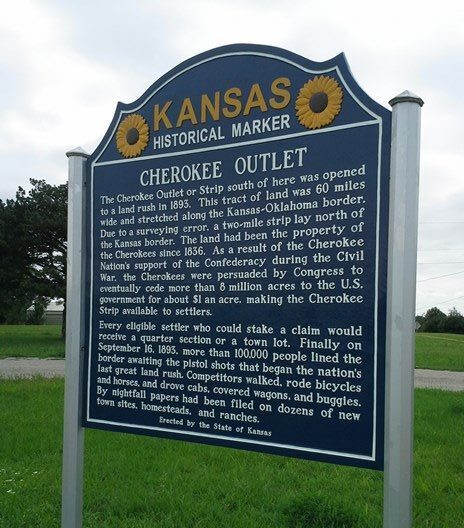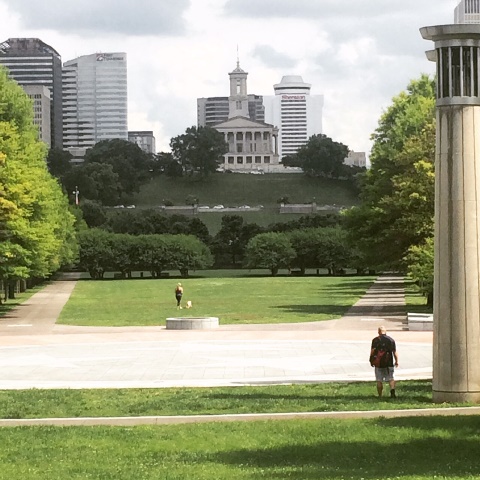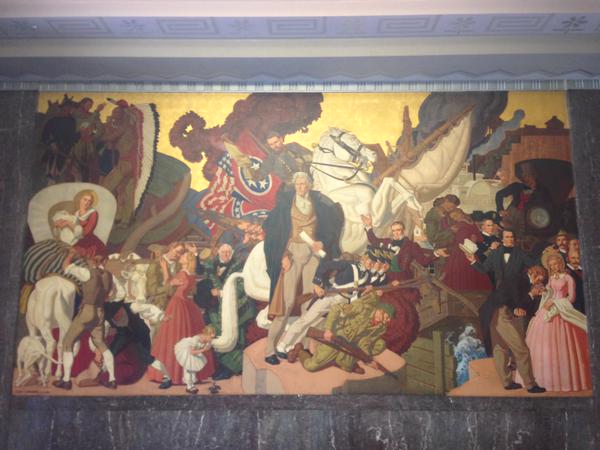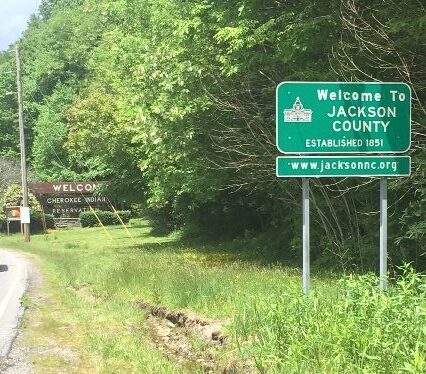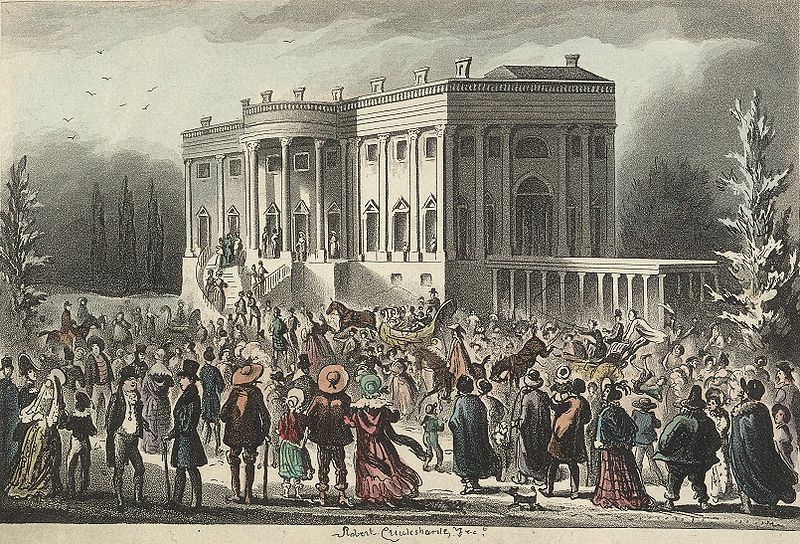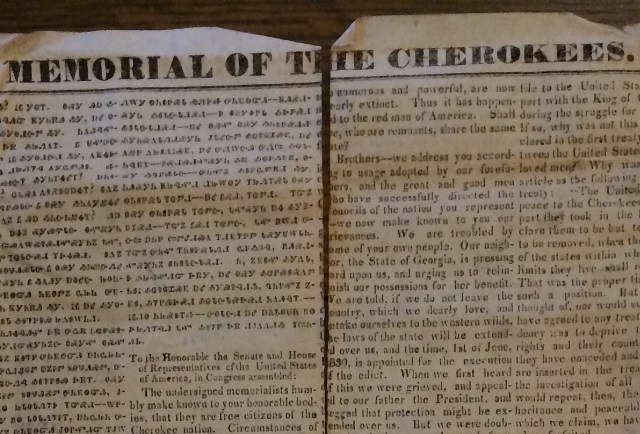Jacksonland Picture Posts
These are images and stories sent in by my readers. Thanks to everyone that contributed – Steve Inskeep
A Glimpse of Jackson County, Alabama
The last Indian rights to Alabama land were terminated by 1838, when the Cherokees were removed. This made space, in many places, for enormous cotton plantations, and in others for modest farmhouses like this one.
Read More → The Layers of History at Cartacay Methodist Church
From Greg Kindall, Ellijay, Georgia: “Built in 1859 to replace a 1834 structure, this fine old church is on the National Register of Historic Places. My 4th great-grandfather was a Civil War-era minister here.” The town of Ellijay, in north Georgia, was once part of the Cherokee Nation. It was on “the Indian map,” territory…
Read More → A Cherokee 4th of July
“John Ross embraced real democracy and the Cherokee do today as they celebrate this country. i was struck on the 4th of July last year by what seems to be such an incredible paradox. i am constantly in awe of the dignity and grace, the humanity, the memory of what was, the knowing of what is, the joining of cultures, and also, independence. This particular powwow is held annually, now for 40 years, by The Eastern Band of the Cherokee Indian in Cherokee, NC within the Qualla Boundary.”
Read More → A Warrior of AniKituwah
“The Warriors of AniKituwah at the North Carolina Arboretum. The Emissaries of Peace Exhibit from The Museum of the Cherokee Indian was on display at the arboretum.”
Read More → The Unbelievable Solitary Confinement Prison in Jacksonland
This is Philadelphia’s Eastern State Penitentiary, built in the 1820’s as a model prison. In keeping with the latest thinking in criminal justice reform, the prison was designed so that every single prisoner would be kept in solitary confinement for the entirety of his term.
Read More → Women’s Movement, Circa 1830
Jacksonland shows how his opponents broadened democratic participation too. This image, taken at the National Archives, shows the cover of an 1831 petition to Congress. It was from the “Massachusetts Ladies of Hamden relative to removal of Indians.” Women had no right to vote in Jackson’s era, but some found a way to dissent.
Read More → Literacy in Jacksonland
The map comes from a book by Catharine Beecher, who campaigned against the Indian Removal Act of 1830. By profession Beecher was an educator. And when she wrote a memoir in 1874, she titled it “Educational Reminiscences and Suggestions.”
Read More → Andrew Jackson in the State He Added to the Union
“One of the most striking images of Andrew Jackson can be found in the mural ‘A New Capital’ located inside the chamber of the Florida House of Representatives. Painted by Christopher M. Still, the mural depicts General Andrew Jackson holding a 23-star American Flag flown in 1821 – the year Florida became a territory of the United States. The painting contains 24 symbols of history including a dual placard nailed to a tree behind the Governor. I
Read More → The Shifting Racial Identity of John Ross
. Ross was a man of mixed race. He lived for years near the border between the Cherokee Nation and the “whiteside,” as he sometimes called the territory of white settlers. And in an era when Cherokees commonly wore white styles of clothing, Ross sometimes slid across the line.
Read More → Elizabeth Jackson’s Words of Wisdom to Her Son
From Belyna Bentlage of Indiana, a photo taken while visiting Charleston, South Carolina: “This stone marker, found on the campus of the College of Charleston, shows advice Elizabeth Jackson gave her son ‘Andy,’ the future 7th president of the United States: “Andy, never tell a lie, nor take what is not your own, nor sue…
Read More → John Ross’s Home, Near a Crossing Point Between Worlds
“I am the Mayor of Rossville and I took this photo this past February.”
This gorgeous photo offers some sense of what it might have looked like to approach John Ross’s house in the early 1800’s. (Taken from another angle, a photo might show a coin laundry or even the back of the modern-day Rossville post office.) Documents and scientific study of the logs indicate that this house, which has been moved slightly from its original location, was Ross’s home in the years that he began operating a ferry across the Tennessee River a short distance away.
Read More → Jackson on the Rearing Horse
The Andrew Jackson statue in Lafayette Park in front of the White House in Washington, DC. Completed by Clark Mills in the 1850’s has been part of every President’s view ever since. This is one of several Jackson statues in similar poses.
Read More → The Defensive Wall That Became a Trap
This illustration shows the wall Creek Indians built for defense before the Battle of Horseshoe Bend in 1814. It was drawn for “Archaeological Investigations at Horseshoe Bend, National Military Park, Alabama” by Roy S. Dickens, a book that examined the surviving evidence at the scene of one of General Andrew Jackson’s great military triumphs.
Read More → The Wooden Indian in a Former Indian Settlement
This is a scene from the city of Rome, in north Georgia. In the 19th century this was Cherokee country, a mostly aagricultural area. The nearest settlement was called Ridge’s Ferry. Major Ridge, a prominent Cherokee planter, owned the ferry as well as a store and his plantation house, surrounded by fields where his enslaved laborers harvested cotton and other crops.
Read More → The City Where Andrew Jackson Looms Largest
It is, of course, New Orleans, which Jackson defended in the War of 1812. Slightly east of the city in 1815, he wrecked a professional British army with his improvised force of amateurs. It was considered an act of divine Providence in its time. Today it is possible to ascribe the victory to more prosaic causes. General Jackson was determined, confident, attentive to detail – and ruthless in putting down dissent within New Orleans itself. He was also a gifted leader who stitched together an army out of Kentucky and Tennessee frontiersmen, black and white New Orleans militiamen, Choctaw Indians, and even local pirates. And he placed them in a defensible spot behind a canal.
Read More → Chief John Ross of the Cherokee Nation
“Steve: I was inspired by your book and have been following your Facebook updates regarding Jacksonland. I enjoy linocut relief prints and when I saw this campaign, I figured it was worth capturing my emotions about Chief Ross into some original art.”
Read More → “Chiefin’”: 1960’s Tourism in Cherokee Country
“During our vacation visits to the Smoky Mountains in the summer, my grandfather loved to talk about his Cherokee ancestor. He always made sure we had a picture made with one of the Cherokees at a souvenir stand. I later learned that they refer to this as ‘Chiefin.’ It seems horrifyingly inappropriate now, but at the time, I can assure you there was no disrespect intended.”
Read More → An Original Version of the “Indian“ Map
This fascinating map from the early 1820’s shows how some states were, legally, shaped differently than they would appear on any simple map of the United States. The map is in the collection of Sheffield Hale, CEO of the Atlanta History Center. It shows Georgia and Alabama, which today are separated mostly by an imaginary line.
Read More → Heart at Blue Hole
“The Blue Hole is a natural spring located in Red Clay State Historic Park. The Cherokee used this for their water supply during council meetings. My father and I were able to drink from it while retracing our ancestors’ journey along the Northern Route of the Trail of Tears.”
Read More → Swimmer and cabin – Cherokee Reservation, Qualla Boundary, NC
James Mooney was an ethnographer who lived among Cherokees in the late 1800’s. He recorded many of their myths and oral histories, including a very influential account of the Trail of Tears which includes eyewitness memories of the ordeal. Jacksonland uncovers new or little-noticed accounts that offer a still fuller picture of the episode.
Read More → Looking Out Over the Little Tennessee River
“I fell in love with this part of the country the moment I saw this view.”
Read More → Echoes of the Creation of Jacksonland
This is the headquarters of Regions Bank, facing a central square in the lively city of Florence, Alabama. The bank was designed as a replica of the spectacular house at Forks of Cypress, a plantation a few miles outside town.
Read More → Ross’s Landing – Now Chattanooga – from Lookout Mountain
“I was just back home in Chattanooga for a visit after many years away. We started to celebrate John Ross more with the 1980s rebirth of the City at the River.”
Read More → Old Tourist Photos of the Hermitage
From Linda Fittante, Washington, DC. Linda, an excellent photographer in her own right, found her eye drawn to these photos in a flea market. They came from a decades-old pack of photos smaller than playing cards, apparently sold as mementoes at Andrew Jackson’s Hermitage.
Read More → Oklahoma Sooners: Cherokee Land At the Heart of a State’s Identity
The amazing backstory to the Oklahoma Land Rush of 1893, often said to be the origin of the term “Sooners.”
Read More → Jackson and Indians on a Timeline of All Recorded History
This is Bicentennial State Park, with a view of the Tennessee State Capitol on the high ground beyond. It is in Nashville, which was the headquarters of Andrew Jackson for most of his life. Completed in 1996 to mark the 200th anniversary of the state, the park is decorated with a long granite wall of history.
Read More → Sequoyah Middle School
“This is the marquee of my alma mater junior high in Edmond, OK. It’s named after the Cherokee figure who developed a writing system for his tribe before moving to Indian Territory (present day eastern Oklahoma).
Read More → #Jacksonland as Seen in a Nashville, Tennessee State Office Building
In 1941, Cornwell painted “The Discovery of Tennessee” and “The Development of Tennessee” in the grand entrance to the John Sevier State Office Building in downtown Nashville. The murals, located on opposing walls of the building’s grand entrance, depict two distinct phases of Tennessee history.
Read More → Jacksonland’s Many Layers
Jacksonland traces Jackson’s efforts to open Indian land to white settlement. He succeeded, but Cherokees and others have persisted, and can still be found, in this case, with sovereign territory within one of the very places that bears Jackson’s name.
Read More → If You Need Money…
This is a storefront in a section of Sheffield, Alabama that may have seen better days. It’s an old brick-and-mortar town near the Tennessee River, across the river from Florence and next to Tuscumbia, where the tourist attractions include the home of Helen Keller.
Read More → Inauguration Day, 1829
This painting suggests the crowds that swamped the building now called the White House after Andrew Jackson’s inauguration in March 1829. Jackson took the oath at the East Front of the Capitol, and had some difficulty making it to his new residence. So many people filled the ceremonial rooms that the new President had to be wedged out again with the help of friends.
Read More → The Record of Opposition
This is a petition by Cherokees to be allowed to keep their land in the 1830’s. It is preserved among many other petitions in a metal box at the National Archives in Washington; and this amazing document helps to decode much of the battle over Indian land in the Southeast.
Read More → 